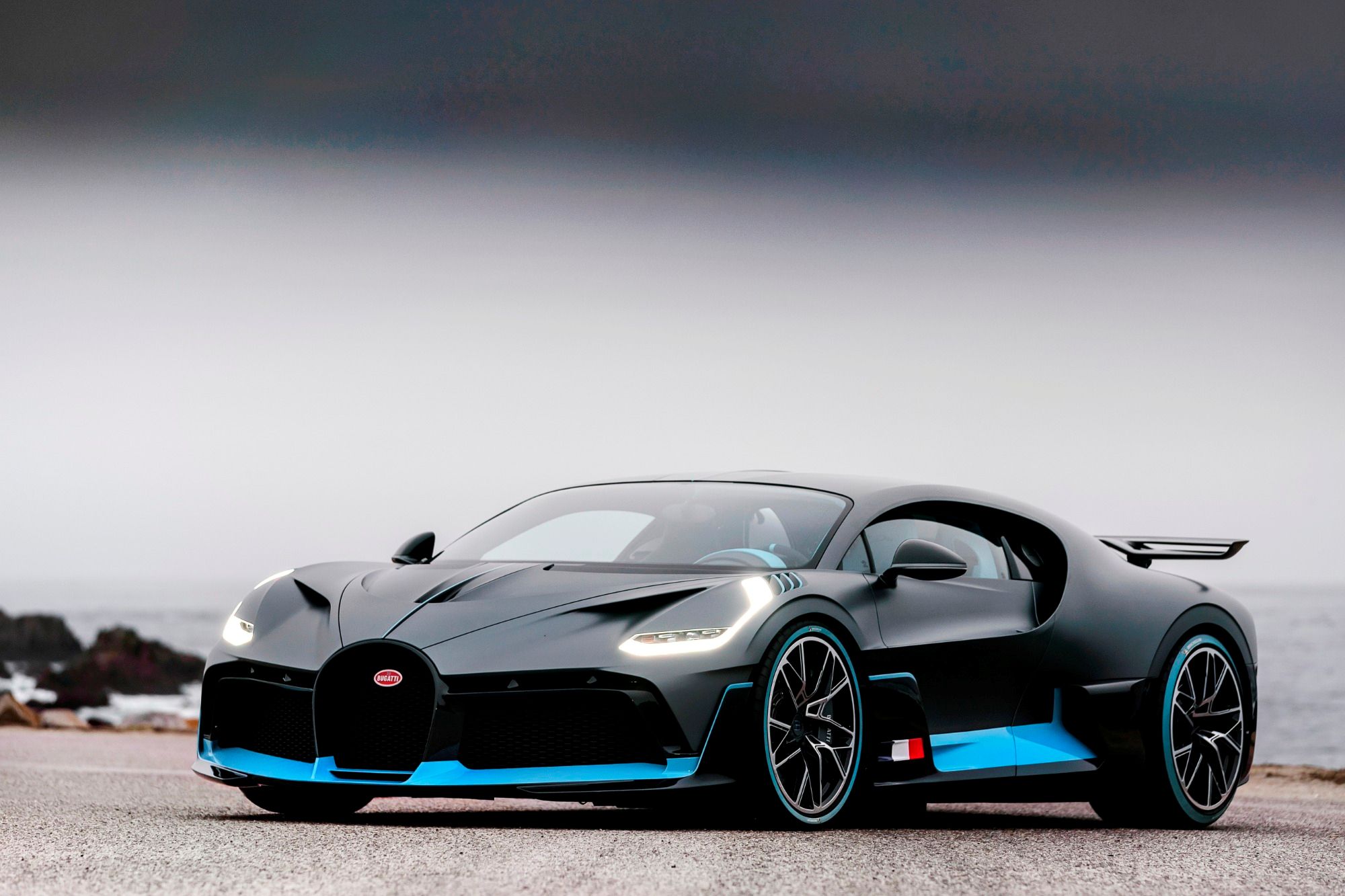
Bugatti has a special history with the Targa Florio racing circuit in Sicily. Founded by the Sicilian business family Florio, the Targa Florio road race started in 1906 and was considered one of the most prestigious and challenging endurance races in the world. Containing around 1,400 corners, the grueling 335-mile road race took place on twisty mountain roads. Bugatti won the endurance race for the first time in 1925 using a Type 35 and became the first manufacturer to achieve five consecutive wins in an endurance race. The last official race was held in 1977, but now Bugatti has recreated the historic road race in spectacular fashion.
Bugatti returned to the historic course to pit the Bugatti Divo against the Type 35 for the first time as a tribute to Albert Divo, the racing driver who won the endurance race in a Type 35 in 1928 and 1929 and inspired the modern car's name.
Tackling the demanding track in the Type 35 was Andy Wallace, Bugatti's chief test driver who smashed the 300-mph production car record in a Bugatti Chiron Sport 300+. "It's incredible what racing drivers like Albert Divo managed to achieve back then. And even though the Type 35 is easy to drive for its age, it is still a constant muscle workout. There are lots of corners, all of them tight, the route is unclear and the condition of the tarmac is very poor. It's impossible to overtake," said Wallace.
For the first time in the early 1920s, the Bugatti Type 35 featured a crankshaft supported by two roller bearings and three ball bearings and could run at speeds of up to 6,000 rpm to power the 2.0-liter, eight-cylinder engine producing around 93 hp. The first Type 35 models were capable of achieving over 118 mph, while later Type 35 B cars were upgraded with a 2.3-liter eight-cylinder model producing up to 138 hp, enabling a top speed of over 133 mph. The grueling endurance race also tested the engine's reliability to the limit.
The Bugatti Divo, on the other hand, was a dream to drive thanks to its more agile handling. This is a more-track-focused weapon than its Chiron sibling designed to attack corners on challenging race tracks, making it well-suited to the twisty mountain course.
"I am deeply impressed by how the Divo - which is designed for much higher speeds thanks to its dynamic features - is able to get to grips with these roads, some of which are in very poor condition, and the very short distances between corners. The steering, springs, shock absorbers, control systems, gearbox and brakes respond to every command with directness and precision. Even after big bumps in the road, the dampers quickly absorb the energy, meaning the Divo never loses contact with the road - an impressive feat by the engineers," said Wallace.
After a delay, the first deliveries of the Bugatti Divo finally started last month, with production of the $5.8-million hypercar limited to 40 units worldwide.
